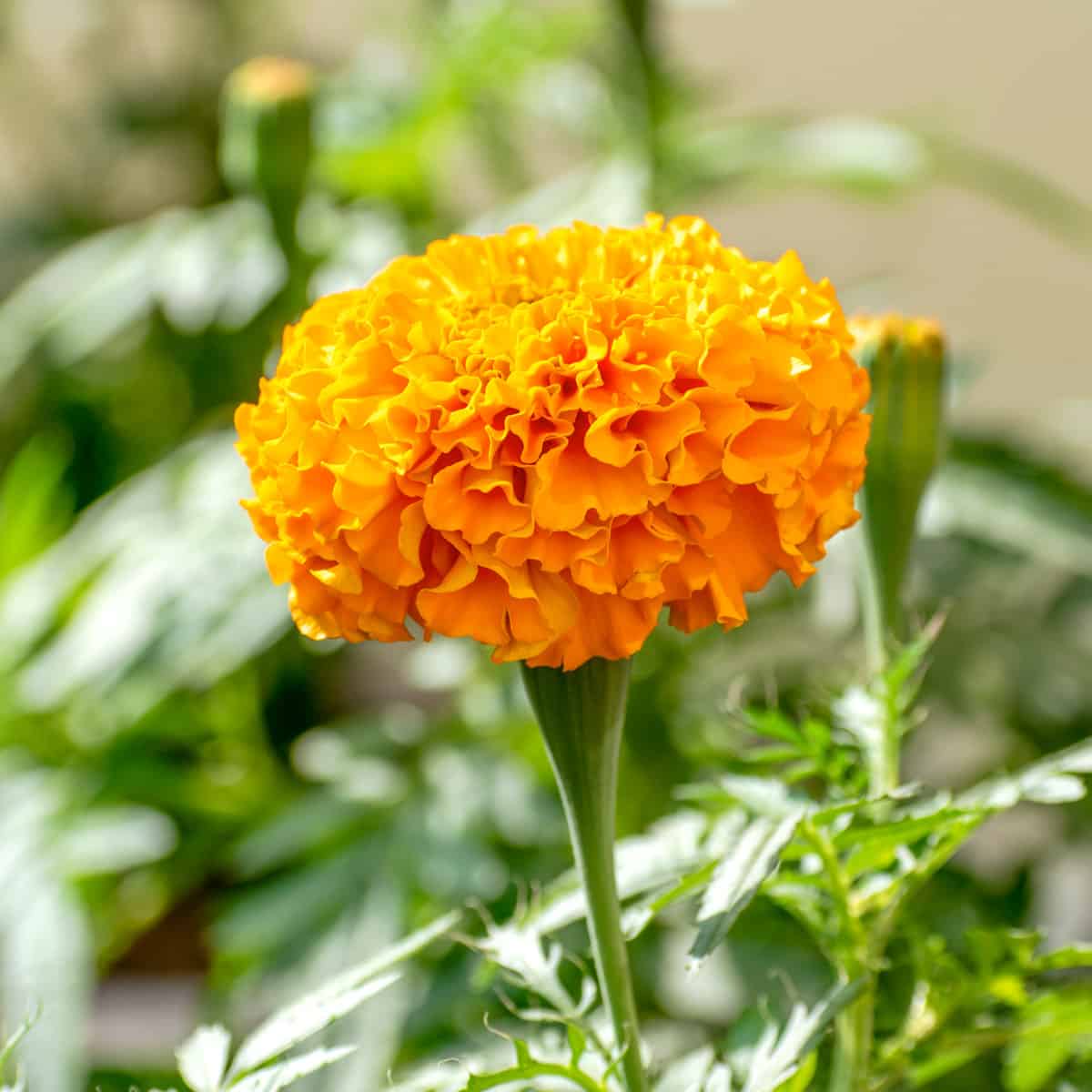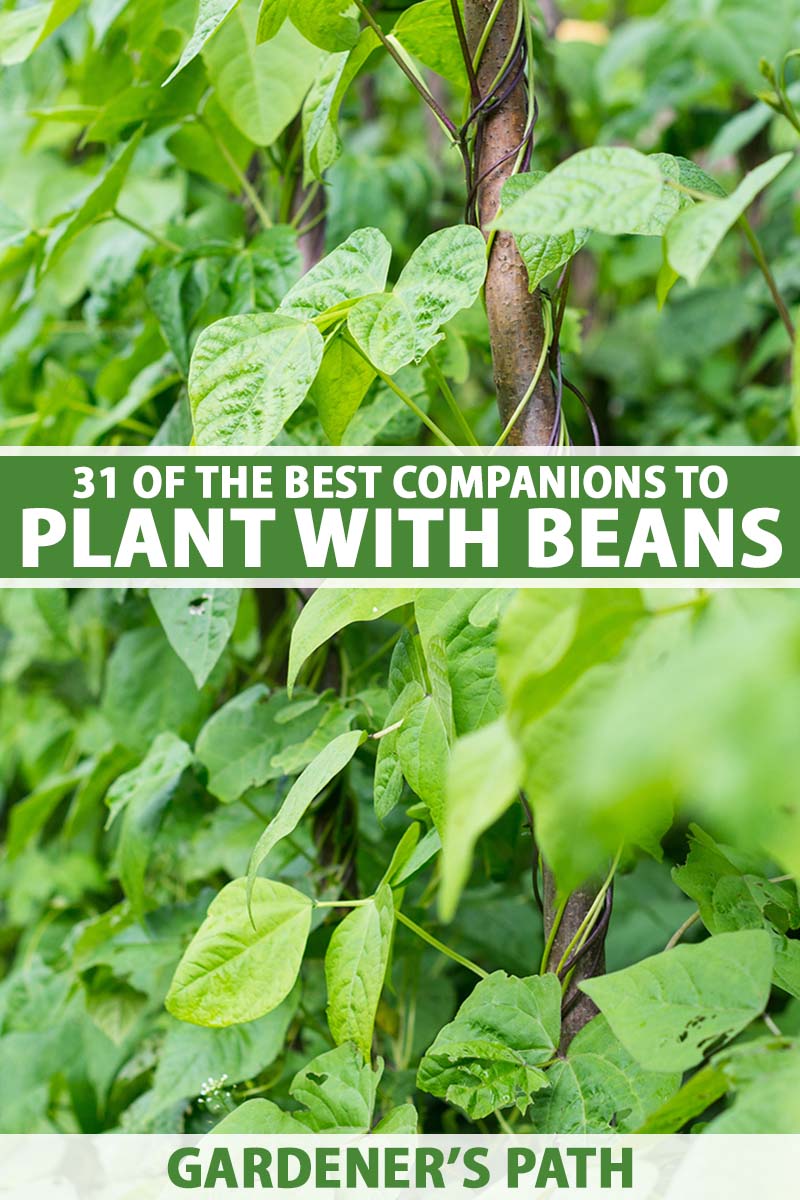Companion Plants That Will Help Your Blackeyed Peas Thrive
Companion Planting That Will Help Your Black-Eyed Peas Thrive
Black-eyed peas are a versatile and delicious legume that can be grown in a variety of climates. They are also a good choice for companion planting, as they can help to attract beneficial insects, repel pests, and improve soil health.
In this blog post, we will discuss some of the best companion plants for black-eyed peas. We will also provide some tips on how to plant and care for these plants together.
Benefits of Companion Planting
There are many benefits to companion planting. Some of the most common benefits include:
- Attracting beneficial insects. Companion plants can attract beneficial insects, such as ladybugs, lacewings, and parasitic wasps. These insects help to control pests that can damage black-eyed peas.
- Repelling pests. Some companion plants can repel pests, such as aphids, beetles, and nematodes. This can help to protect black-eyed peas from damage.
- Improving soil health. Companion plants can help to improve soil health by adding nutrients, aerating the soil, and suppressing weeds. This can create a more favorable environment for black-eyed peas to grow.
- Competition reduction. Companion planting can help to reduce competition between plants for water, nutrients, and sunlight. This can lead to healthier and more productive plants.
Good Companion Plants for Black-Eyed Peas
There are many good companion plants for black-eyed peas. Some of the most popular options include:
- Corn: Corn provides support for black-eyed peas to climb, and it also helps to shade the soil and keep it moist.
- Squash: Squash can help to suppress weeds and improve soil health. It also produces chemicals that can repel pests.
- Marigolds: Marigolds attract beneficial insects and repel pests. They can also help to improve soil drainage.
- Nasturtiums: Nasturtiums attract beneficial insects and repel pests. They can also help to improve soil nitrogen levels.
- Cucumbers: Cucumbers and black-eyed peas can be planted together in a trellis system. The cucumbers will provide shade for the black-eyed peas, and the black-eyed peas will help to suppress weeds.
- Beets: Beets can help to improve soil nitrogen levels and suppress weeds. They can also be used as a trap crop for pests.
- Carrots: Carrots can help to improve soil drainage and suppress weeds. They can also be used as a trap crop for pests.
- Onions: Onions can help to repel pests and improve soil health. They can also be used as a trap crop for pests.
- Garlic: Garlic can help to repel pests and improve soil health. It can also be used as a trap crop for pests.
Planting and Care Tips
When planting black-eyed peas with companion plants, it is important to consider the size and growth habit of each plant. For example, corn and squash are both tall plants that will need plenty of space to grow. Marigolds and nasturtiums are smaller plants that can be planted closer together.
It is also important to plant black-eyed peas and their companion plants in full sun. Black-eyed peas need at least 6 hours of sunlight per day to thrive.
The soil should be well-drained and fertile. Black-eyed peas are not tolerant of wet soil, so it is important to avoid planting them in areas that are prone to flooding.
Black-eyed peas are relatively low-maintenance plants. They do not need to be watered often, but they should be fertilized every few weeks.
With proper care, black-eyed peas and their companion plants can thrive together and produce a bountiful harvest.
Black-eyed peas are a versatile and nutritious legume that can be grown in a variety of climates. They are also a great companion plant for other vegetables, as they help to improve soil fertility and deter pests.
Some of the best companion plants for black-eyed peas include:
- Corn: Corn provides support for black-eyed peas to climb, and it also helps to shade the soil, which can help to prevent weeds from growing.
- Carrots: Carrots help to repel pests that can damage black-eyed peas, such as aphids and nematodes.
- Cucumbers: Cucumbers help to improve the soil drainage around black-eyed peas, which can help to prevent root rot.
- Radishes: Radishes help to attract beneficial insects, such as ladybugs, that can help to control pests that damage black-eyed peas.
- Turnips: Turnips help to suppress weeds, which can help to give black-eyed peas more space to grow.
For more information about companion planting for black-eyed peas, please visit Gardenia Inspiration.
FAQ of companion plants for black eyed peas
- What are some good companion plants for black eyed peas?
Black eyed peas are a legume, which means they fix nitrogen in the soil. This makes them a good companion plant for other plants that need nitrogen, such as tomatoes, cucumbers, and squash. Black eyed peas can also help to suppress weeds and improve soil drainage.
Some other good companion plants for black eyed peas include:
- Corn: Corn provides support for black eyed peas to climb, and it also helps to shade the plants and keep them cool.
- Carrots: Carrots help to suppress the growth of nematodes, which can damage black eyed peas.
- Cucumbers: Cucumbers and black eyed peas both need full sun, so they can be planted together in the same bed. Cucumbers also help to attract pollinators, which can help to improve the yield of black eyed peas.
- Lettuce: Lettuce is a cool-season crop, so it can be planted in the same bed as black eyed peas in the spring or fall. Lettuce helps to suppress weeds and improve soil aeration.
- Sunflowers: Sunflowers attract pollinators, which can help to improve the yield of black eyed peas. They also help to provide shade for the plants and keep them cool.
- What are some bad companion plants for black eyed peas?
Some bad companion plants for black eyed peas include:
- Garlic: Garlic can inhibit the growth of black eyed peas.
- Onions: Onions can also inhibit the growth of black eyed peas.
- Potatoes: Potatoes compete with black eyed peas for nutrients.
- Spinach: Spinach can harbor pests that can damage black eyed peas.
- Tomatoes: Tomatoes can attract pests that can damage black eyed peas.
- What is the best time to plant black eyed peas?
Black eyed peas can be planted in the spring or fall. In the spring, they should be planted after the last frost. In the fall, they should be planted 2-3 months before the first frost.
- What is the best fertilizer for black eyed peas?
Black eyed peas are legumes, which means they fix nitrogen in the soil. This means that they do not need a lot of fertilizer. However, if you want to give them a boost, you can use a balanced fertilizer, such as 10-10-10.
- How do I harvest black eyed peas?
Black eyed peas are ready to harvest when the pods are plump and full. You can harvest them by hand, or you can use a garden scissor. To harvest them by hand, simply snap the pods off the vine. To harvest them with a garden scissor, simply cut the vine off at the base.
Image of companion plants for black eyed peas
Here are 5 different images of companion plants for black eyed peas from Pinterest:
- Carrots: Black eyed peas help to repel carrot rust flies, which can damage carrot plants.
- Cucumbers: Black eyed peas help to improve the soil's nitrogen levels, which cucumbers need to thrive.
- Marigolds: Marigolds help to repel pests, such as aphids and whiteflies, which can damage black eyed peas.

- Pole beans: Black eyed peas and pole beans are both nitrogen-fixing plants, which means they can help to improve the soil's nitrogen levels for each other.

- Spinach: Black eyed peas help to shade spinach plants from the hot sun, which can help to prevent spinach from bolting.

Post a Comment for " Companion Plants That Will Help Your Blackeyed Peas Thrive"